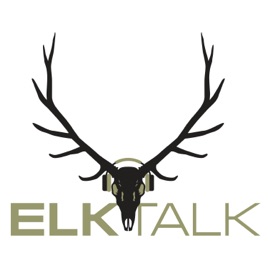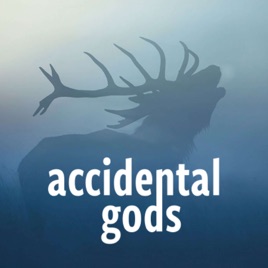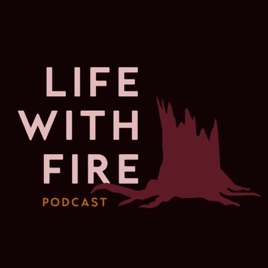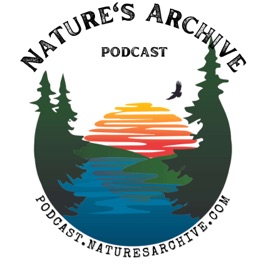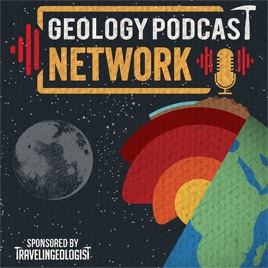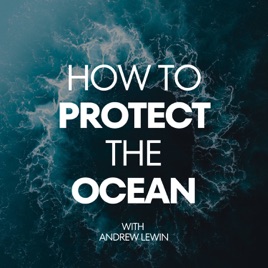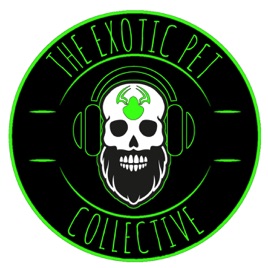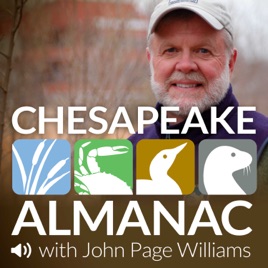
Advertise on podcast: Chesapeake Almanac
Description
Join retired Chesapeake Bay Foundation Senior Naturalist John Page Williams every Wednesday for inside accounts of our Bay’s creatures and seasonal events. Follow the Bay through the seasons. Williams' fascinating natural history will enable those who love the Chesapeake to tune in to life around the Bay. The fishing enthusiast will discover things that help him or her catch more bluefish or white perch; the bird watcher and the hiker will learn when to look for the appearance of the ospreys in the spring and the geese in the fall. The cruising sailor drinking morning coffee while anchored in a quiet cove will learn why a great blue heron stalks the shallows in summer; the canoeist will discover when to look for wild marsh flowers. ABOUT JOHN PAGE WILLIAMS Raised in Richmond, John Page Williams retired in 2019 from the Chesapeake Bay Foundation after a long career working as a naturalist and field educator on streams, creeks, rivers, and the open Bay throughout the Chesapeake watershed in Virginia, Maryland, and Pennsylvania. As he has also done for many years, he continues to review powerboats and write on fishing and environmental issues for Boating Magazine, Chesapeake Bay Magazine, and Virginia Wildlife Magazine. These readings are from John Page Williams, Jr.'s book, Chesapeake Almanac: Following the Bay through the Seasons. The publication is available in print at Amazon.com. Content copyright © John Page Williams, Jr. All rights reserved. Find out more about the Chesapeake Bay Foundation at www.cbf.org.
Social media
Check Chesapeake Almanac social media presence
Podcast episodes
Check latest episodes from Chesapeake Almanac podcast
Podcast reviews
Read Chesapeake Almanac podcast reviews
Podcast sponsorship advertising
Start advertising on Chesapeake Almanac & sponsor relevant audience podcasts
You may also like these nature Podcasts
